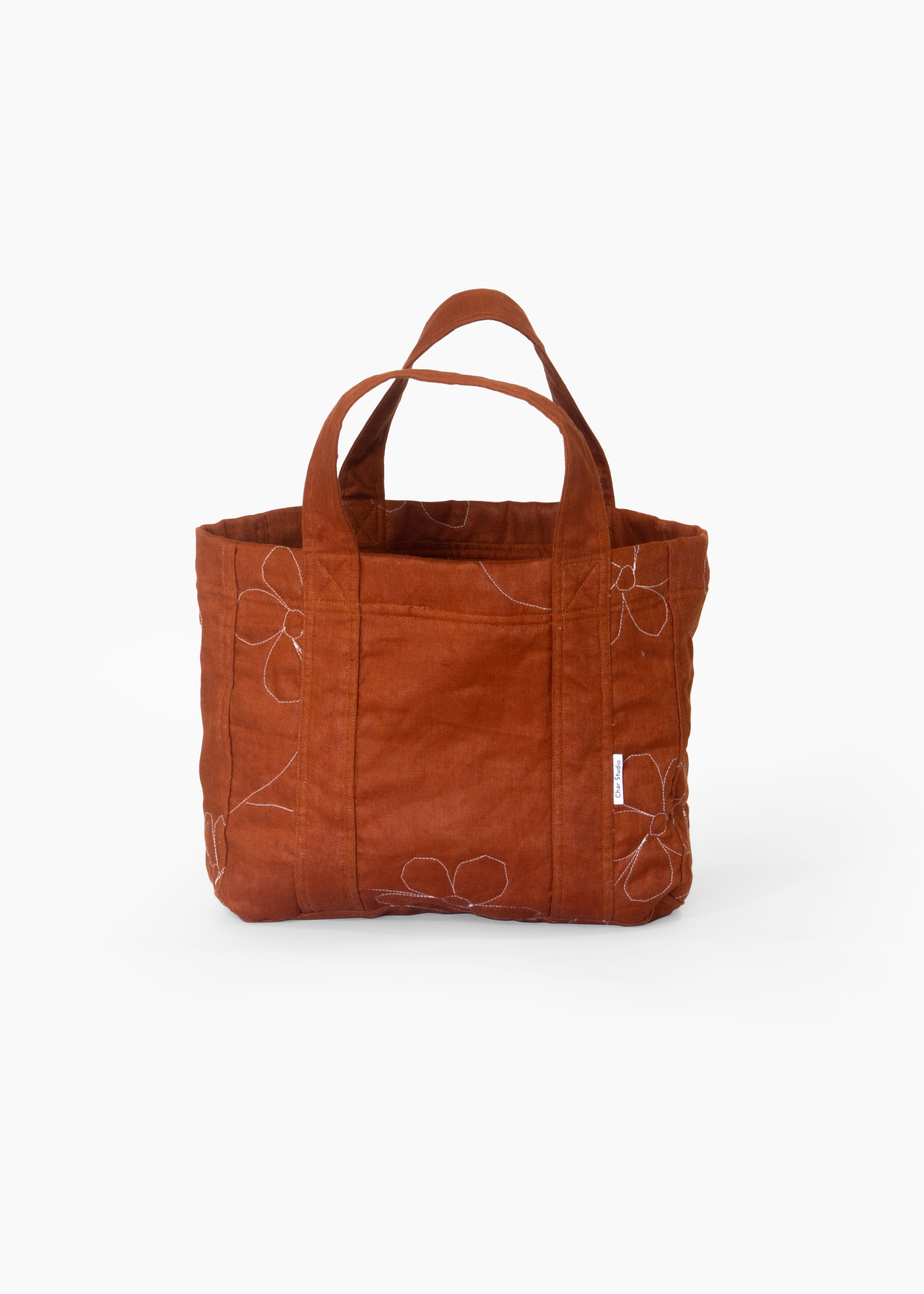Linen
A biodegradable cellulose fibre that grows inside of the stalks of the flax plant. It’s a resilient species that can grow in poor soils requiring very little if any fertilizer. It requires less water and energy to produce in comparison to cotton.
Well known for its amazing properties such as its absorbency- Linen can absorb up to 20% of its weight in moisture. This makes the fibre highly desirable for garments as it can pull perspiration off the body. Linen can also increase its tensile strength when wet, durability- it is one of the strongest fibre. When washing linen, it makes it stronger, softer and shinier, breathability- Linen’s type of weave allows airflow throughout the body. It draws in perspiration, which cools the body, and allows heat to pass through. It releases moisture and dries very quickly
How to wash Linen
Hand wash
Handwashing is the most gentle way to clean your clothes and care for the environment. It uses less water and is energy efficient. When hand washing, you have complete control over water temperature, amount of detergent and how you wash it. It also. saves you from having to do a full load in the washing machine.
We always suggest hand washing our handmade pieces to be safe and gentle. You can handwash your 100% linen pieces in a basin or bucket depending on the size of your item. Simply fill the bucket with cold water, add just enough environmental-friendly laundry detergent to make the water soapy and mix well. Submerge the item and use your hands to gently wash the item by agitating and moving it around. Then soak for up to 30 minutes. Do not wring or scrub the garment. Be gentle. If there are any stains, you can treat them with natural stain remover and allow it soak until the dirt lifts.
Lastly, rinse your garment under cold water to remove any soapy residue and gently squeeze to remove the excess water. Be careful not to twist or wring your clothing to avoid any damage to the material. You can also sandwich it between dry towels and press a few times to remove as much excess water.
To dry your piece of clothing, please avoid using a tumble dryer and line dry instead. Dry away from direct sunlight to avoid possible discolouration or fading of the fabric. Once dry, a good press with the iron may be required for some of the pieces, use the cotton setting on your iron which is usually medium to high heat temperature as cotton wrinkles and it is a tough and sturdy material.
Some tips on hand washing and caring for bags and accessories:
Avoid letting the bag with buckles soak in water for long duration. You can also just spot wash where you need to to avoid getting the buckles wet.
Once washed, the straps will need to be ironed and pressed as the fabric may wrinkle from washing.
As always, please read the care instructions for your item to see if handwash is most recommended and for any specific washing instructions provided.
Machine wash
Always wash your handmade pieces in a gentle, cold temperature cycle. The machine delicate cycle uses a slower process of washing where it washes with lesser agitation and uses a slow spin cycle. Use environmental-friendly detergent and if there are any stains; apply stain remover and let it soak in for 10 minutes prior to washing in the machine.
Best to seperate white, dark and colour linens and keep the delicates away either in a seperate wash or place it in a washing bag to avoid any damage. Do not use bleach as it weakens the fibres and may cause discolouration or fabric softener as linen naturally gets softer with every wash.
Linen dries very quickly so there’s no need to use a tumble dryer. Hang or line dry your linen to avoid wrinkles. Dry away from direct sunlight to avoid possible discolouration or fading of the fabric. Once dry, a good press with be needed as linen wrinkles very easily. Use the high heat linen temperature setting on your iron.
Some tips on machine washing and caring for your pieces:
If your handmade piece is delicate and your washing with other garments with zips or embellishment we suggest placing your item in a washing bag to avoid it getting caught on during the cycle.
If your item is digitally printed like our headscarves, iron on the wrong side.
As always, please read the care instructions for your item to see if handwash is most recommended and for any specific washing instructions provided.



